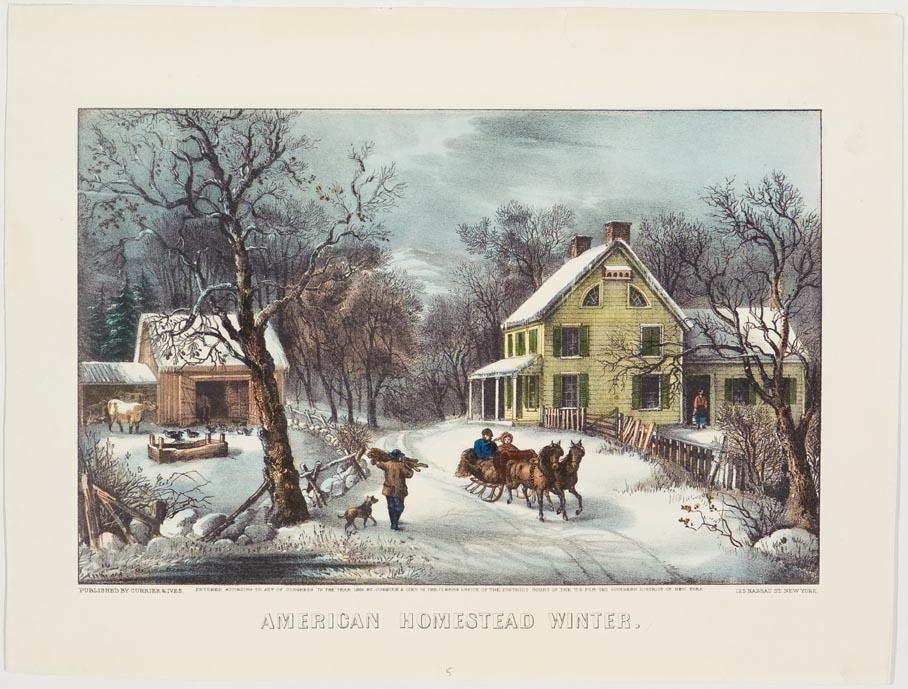The young colonial artist arrived in England, destitute and in need of training. Another colonial, American artist Benjamin West, had already made his home in London, where he had a thriving practice in portraiture. But he had not forgotten his home across the ocean or the young artists who were struggling to make a living from their art. West took in several artists from the colonies to give them a helping hand in their artistic careers.
One of the first artists he welcomed was young Gilbert Stuart, who appeared on his doorstep in 1775. West accepted the lad as an apprentice and kept him at his studio for almost five years.






